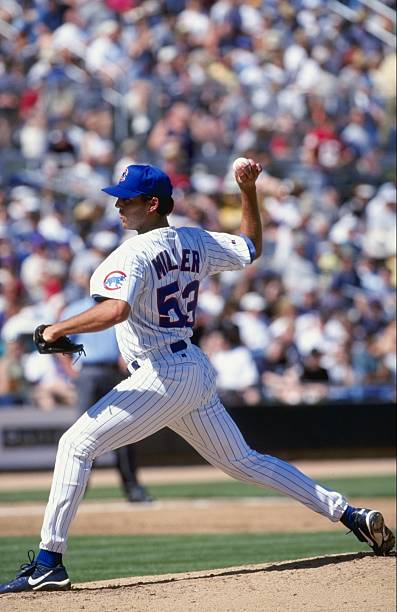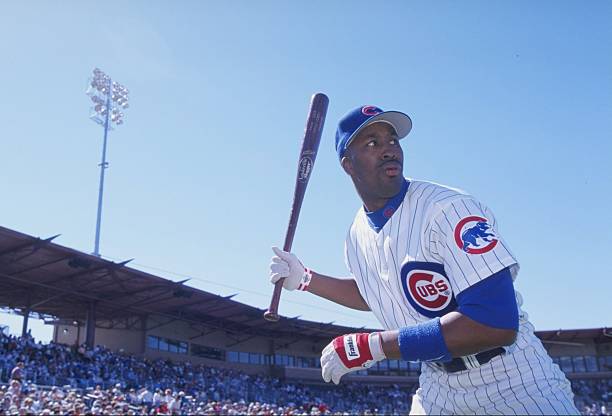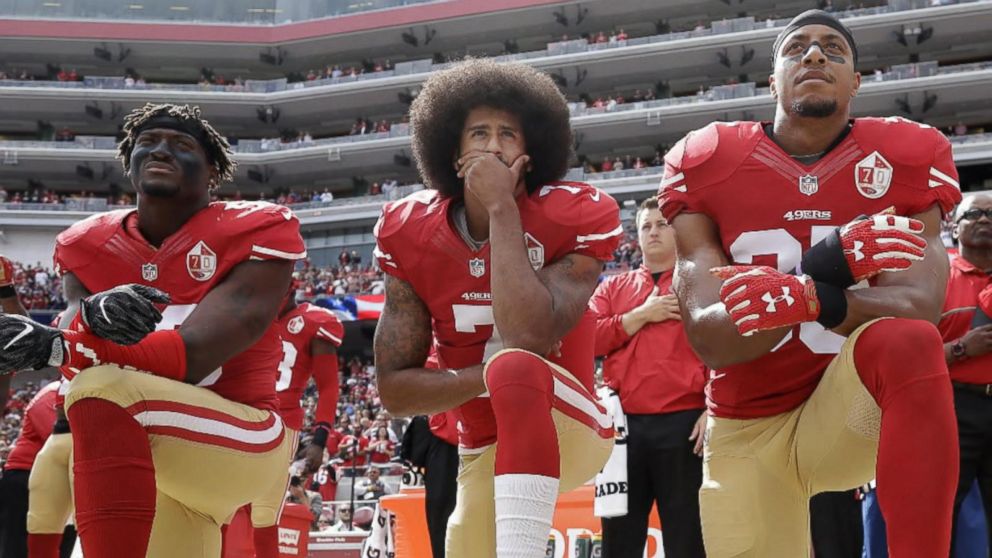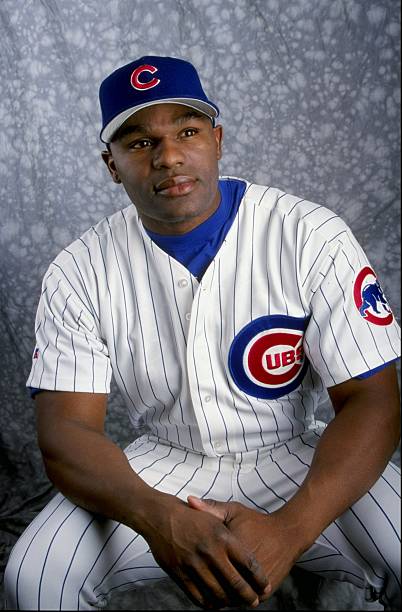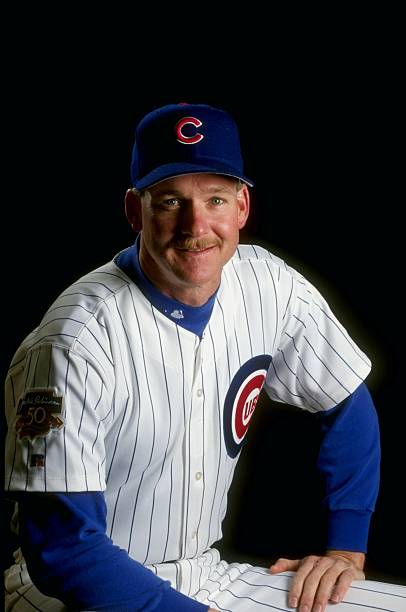31. Mike Morgan
Mike Morgan may not go down as an incredible baseball player, but he had an incredible career. He was drafted out of high school fourth overall, and he was in the major leagues later that year. He would go on to pitch 22 seasons in the major leagues, although it took him 25 years as he spent some of his early years strictly playing in the minors. Now his numbers were pedestrian for nearly the entirety of his career, but pitching over four separate decades is beyond incredible.
During his time, he pitched for 12 different teams, but the Cubs got more of his time than any other team as he spent five separate seasons with the team. His original run went from 1992-1995 before the Cubs traded him to the St. Louis Cardinals for Todd Zeile.
In 1998, the Cubs were in the hunt, but the trade deadline had come and gone with the Cubs still not solving their pitching issues. At least this time, they were looking to solve for starting pitching instead of relief. Luckily, players could still be traded if they passed through waivers. So the Cubs sent Scott Downs to the Minnesota Twins in exchange for 38-year-old, Mike Morgan. Morgan was having one of his best years as he had a 3.49 ERA in 98 innings as a starter. More incredibly, despite starting 17 games, his record was just 4-2. That level of no-decisions is amazing.
Morgan would start five times for the Cubs down the stretch and put up an ERA of 7.15. The Cubs record in those games? 4-1, somehow. Every game but one of those was decided by a single run. The game that wasn't ended on a 3-run walk-off home run. His best outing was when he pitched six innings and gave up just two runs to the St. Louis Cardinals. It was the only game the Cubs lost. Baseball is weird.
He would move on to the bullpen during the playoffs where he had two scoreless appearances where he was trusted to finish out those games. Yes, they were both losses (they were all losses), but at least Morgan got some time out there. It took him 20 years, but he finally was able to pitch in a playoff game.
Morgan would go on to pitch four more years with the highlight of winning a World Series Championship with the Arizona Diamondbacks in 2001. I guess good things do happen to those who wait.
In case you missed it:
Introduction
#47 - Matt Karchner
#46 - Jose Nieves
#45 - Rodney Myers
#44 - Justin Speier
#43 - Tony Fossas
#42 - Kennie Steenstra
#41 - Chris Haney
#40 - Bob Patterson
#39 - Pedro Valdes
#38 - Derrick White
#37 - Ben Van Ryn
#36 - Terrell Lowery
#35 - Don Wengert
#34 - Kurt Miller
#33 - Jason Maxwell
#32 - Kevin Foster
Mike Morgan may not go down as an incredible baseball player, but he had an incredible career. He was drafted out of high school fourth overall, and he was in the major leagues later that year. He would go on to pitch 22 seasons in the major leagues, although it took him 25 years as he spent some of his early years strictly playing in the minors. Now his numbers were pedestrian for nearly the entirety of his career, but pitching over four separate decades is beyond incredible.
During his time, he pitched for 12 different teams, but the Cubs got more of his time than any other team as he spent five separate seasons with the team. His original run went from 1992-1995 before the Cubs traded him to the St. Louis Cardinals for Todd Zeile.
In 1998, the Cubs were in the hunt, but the trade deadline had come and gone with the Cubs still not solving their pitching issues. At least this time, they were looking to solve for starting pitching instead of relief. Luckily, players could still be traded if they passed through waivers. So the Cubs sent Scott Downs to the Minnesota Twins in exchange for 38-year-old, Mike Morgan. Morgan was having one of his best years as he had a 3.49 ERA in 98 innings as a starter. More incredibly, despite starting 17 games, his record was just 4-2. That level of no-decisions is amazing.
Morgan would start five times for the Cubs down the stretch and put up an ERA of 7.15. The Cubs record in those games? 4-1, somehow. Every game but one of those was decided by a single run. The game that wasn't ended on a 3-run walk-off home run. His best outing was when he pitched six innings and gave up just two runs to the St. Louis Cardinals. It was the only game the Cubs lost. Baseball is weird.
He would move on to the bullpen during the playoffs where he had two scoreless appearances where he was trusted to finish out those games. Yes, they were both losses (they were all losses), but at least Morgan got some time out there. It took him 20 years, but he finally was able to pitch in a playoff game.
Morgan would go on to pitch four more years with the highlight of winning a World Series Championship with the Arizona Diamondbacks in 2001. I guess good things do happen to those who wait.
In case you missed it:
Introduction
#47 - Matt Karchner
#46 - Jose Nieves
#45 - Rodney Myers
#44 - Justin Speier
#43 - Tony Fossas
#42 - Kennie Steenstra
#41 - Chris Haney
#40 - Bob Patterson
#39 - Pedro Valdes
#38 - Derrick White
#37 - Ben Van Ryn
#36 - Terrell Lowery
#35 - Don Wengert
#34 - Kurt Miller
#33 - Jason Maxwell
#32 - Kevin Foster
